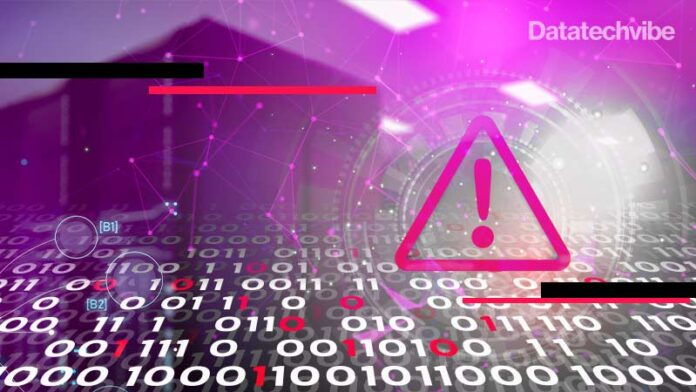Opening an email, sometimes even from people you know, and clicking on the link asking you for help?
An email supposedly from your bank asking you to renew your password? A text message from your doctor sending you an appointment for a medical test with a link to register? All these are examples of how emotions are used to lure us into providing access to our personal information or devices.
We discovered its extent when the pandemic started in 2020 and when cybercriminals extensively leveraged the situation to send infected links or use phishing attacks, but it continues and will continue. People, especially small-medium enterprises (SMEs), use many sensitive applications like banking to monitor their businesses, so attackers are opportunistic and use any event or news to lure users onto malicious sites.
There are several ways to limit and better manage digital risks. There are a few easy steps to keep in mind for both organisations and individuals:
Patch management: You should use patch management to ensure that these services that must be exposed are at least patched against known vulnerabilities. This includes third-party apps like Confluence, which recently had a big zero-day vulnerability.
2FA: Access management, the use of Two Factor Authentication (2FA), and ensuring to delete old users when they leave an organisation are key steps.
Software supply chain: We can also talk about extended attack surfaces, like software supply chains, especially open source tools that are getting increasingly attacked and compromised. There have been a few recent cases where node package manager (NPM) modules distributed malware after a breach.
Outsourced insiders: We should not forget the dependent service, which can be named “outsourced insiders,” where companies have outsourced some of their support to others that they may get compromised. This is what happened to Okta in February, which is why it is critical to choose a competent MSP to help.
Now, to avoid being in a difficult situation in the first place, businesses and individuals need the right cyber protection strategy, including anti-malware and anti-virus protection. Then, they need to be ready for any scenario and able to easily recover any data during a ransomware attack. Companies need to think of having a highly customised disaster recovery (DR plan) and the right enabling capabilities, ideally under one single tool to avoid increased costs and accrued risks.
We have developed a holistic approach to cyber protection composed of five vectors: Safety, Accessibility, Privacy, Authenticity, and Security (SAPAS). This allows for a well-rounded, comprehensive protection experience beyond traditional backups or classical AntiVirus solutions that only focus on one part of the situation. Our Active Protection uses artificial intelligence and machine learning to identify malware by how it behaves, looking for suspicious activities, as opposed to matching it against a known threat database.
Most threats are linked to malicious emails or unpatched systems and software. We protect our customers from such threats through integrated cyber-protection software. It allows for the disruption of these attacks at various stages depending on the attack at play, providing in-depth defence.
The “safest,” most stable, and the most successful organisations make their decision based on data. Anyone in an SME and at all levels should understand the basis of cyber security. In business in general but especially around the cyber security topic, management teams have access to a lot of various information and need to manage their emotions at the same time.
Using different data protection solutions and cybersecurity creates more complexity and broadens the threat factor. SMEs need a single solution that ensures the optimal protection for all data, applications, and systems from one console.
Patching, strong authentication, and strong malware protection are still the most important measures. Most attacks are still falling in the category of “not sophisticated” and are due to human action and playing with one’s emotions: they start with a phishing email, with an easy-to-guess or a reused password known to attackers from another compromised source or an old and forgotten service exposed to the internet.
Then, attackers start stealing the data or gaining enough access to run ransomware. The easiest way to avoid damage is to stop the attack before it even begins with pre-emptive measures or at the initial point when it starts, but of course, in-depth defence or forensics are also important.
If you liked reading this, you might like our other stories
Can Micro-drilling Prepare Your Crisis Response Team?
Data Professionals To Watch In Saudi Arabia









